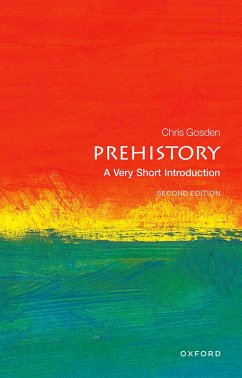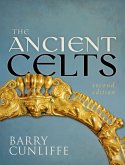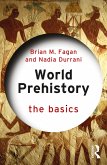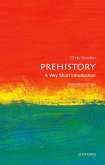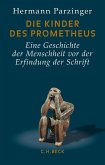Prehistory covers the period of some 4 million years before the start of written history, when our earliest ancestors, the Australopithecines, existed in Africa. But this is relatively recent compared to whole history of the earth of some 4.5 billion years. A key aspect of prehistory is that it provides a sense of scale, throwing recent ways of life into perspective. Humans and their ancestors lived in many different ways and the cultural variety we see now is just a tiny fraction of that which has existed over millions of years. Humans are part of the broader evolution of landscapes and communities of plants and animals, but Homo sapiens is also the only species to have made a real impact on planetary systems. To understand such an impact, we need a grasp of our longest term development and ways of life. In this new edition of his Very Short Introduction, Chris Gosden invites us to think seriously about who we are by considering who we have been. As he explains, many new discoveries have been made in archaeology over the last ten years, and a new framework for prehistory is emerging. A greater understanding of Chinese and central Asian prehistory has thrown Eurasian prehistory in quite a different light, with flows of the influence of culture over large areas now evident. This has eaten away at the traditional view of human progress around the invention of agriculture, the development of cities and (much later) the industrial revolution, and given us new geographies to think about. Chris Gosden explores the new landscape of our prehistory, and considers the way the different geographical locations weave together. ABOUT THE SERIES: The Very Short Introductions series from Oxford University Press contains hundreds of titles in almost every subject area. These pocket-sized books are the perfect way to get ahead in a new subject quickly. Our expert authors combine facts, analysis, perspective, new ideas, and enthusiasm to make interesting and challenging topics highly readable.
Dieser Download kann aus rechtlichen Gründen nur mit Rechnungsadresse in A, B, BG, CY, CZ, D, DK, EW, E, FIN, F, GR, HR, H, IRL, I, LT, L, LR, M, NL, PL, P, R, S, SLO, SK ausgeliefert werden.

